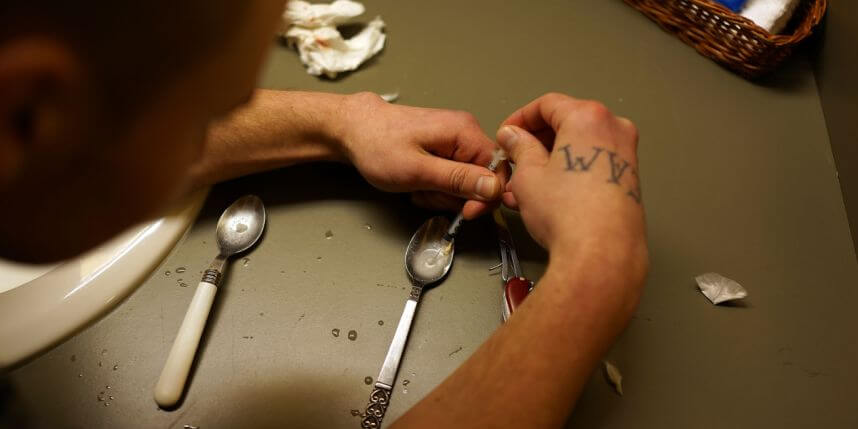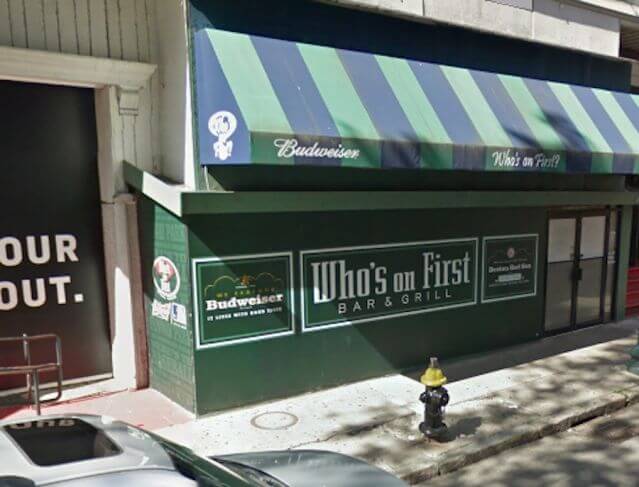Gloucester is seeing success in their revolutionary program aimed at treating, not charging, people struggling with heroin or other opioid addiction.
Since June 1, the Gloucester Police Department has been placing people in treatment facilities, rather than jail cells for possession of opiates. Thus far, there are 260 people in treatment facilities. Thirty-four other police departments, including 17 in Massachusetts, have enacted similar Police Assisted Addiction and Recovery Initiative programs in attempts to stem the tides of the opioid epidemic. “We are very encouraged by what we’re seeing so far. Most importantly, every person who has come to us has been placed in treatment within a day, which has quieted the “no beds” opinions,” Chief Campanello said in a press release. “Now, we are also beginning to see other benefits in crime statistics and monetary costs that also show us that we appear to be on the right path with the ANGEL Initiative.” RELATED: Gloucester Police look to treat not charge opiate users According to information put out by the department, drug and addiction related crimes like shoplifting, breaking and entering and larceny have dropped 23 percent from June to August in comparison to last years’ numbers. Beyond the drop in criminal complaints and the availability of help for the addicted, the department says that their budget is proof that it costs less money to treat someone than it does to lock them up. According to a press release from the GPD, it costs approximately $55 per person in treatment, compared to the $220 it costs to arrest, process, and hold a person for one day. RELATED: Peabody Police bust Roslindale man with $70k worth of heroin These programs have no cost taxpayers a dime, according the GPD. Instead, this entire program is funded on drug seizure money.
“The numbers are very preliminary, and much work and research remains to see if there is a true cause and effect relationship between the ANGEL Initiative and a reduction in crime, but this is a positive sign,” Chief Campanello said. “We are seeing real people get their lives back, and if we see a reduction in crime and cost savings, that is a great bonus. Perhaps most compelling is that we saw five suspected heroin deaths in the first five months of 2015, since the program began, we have seen one. One is still too many, but we are most hopeful that the hope of real and immediate help is saving lives”
Gloucester opiate treatment initiative has 260 in treatment, 23 percent drop in criminal complaints

Getty Images


















